Home>Furniture & Design>Interior Design Trends>How To Repair Scratched Glass
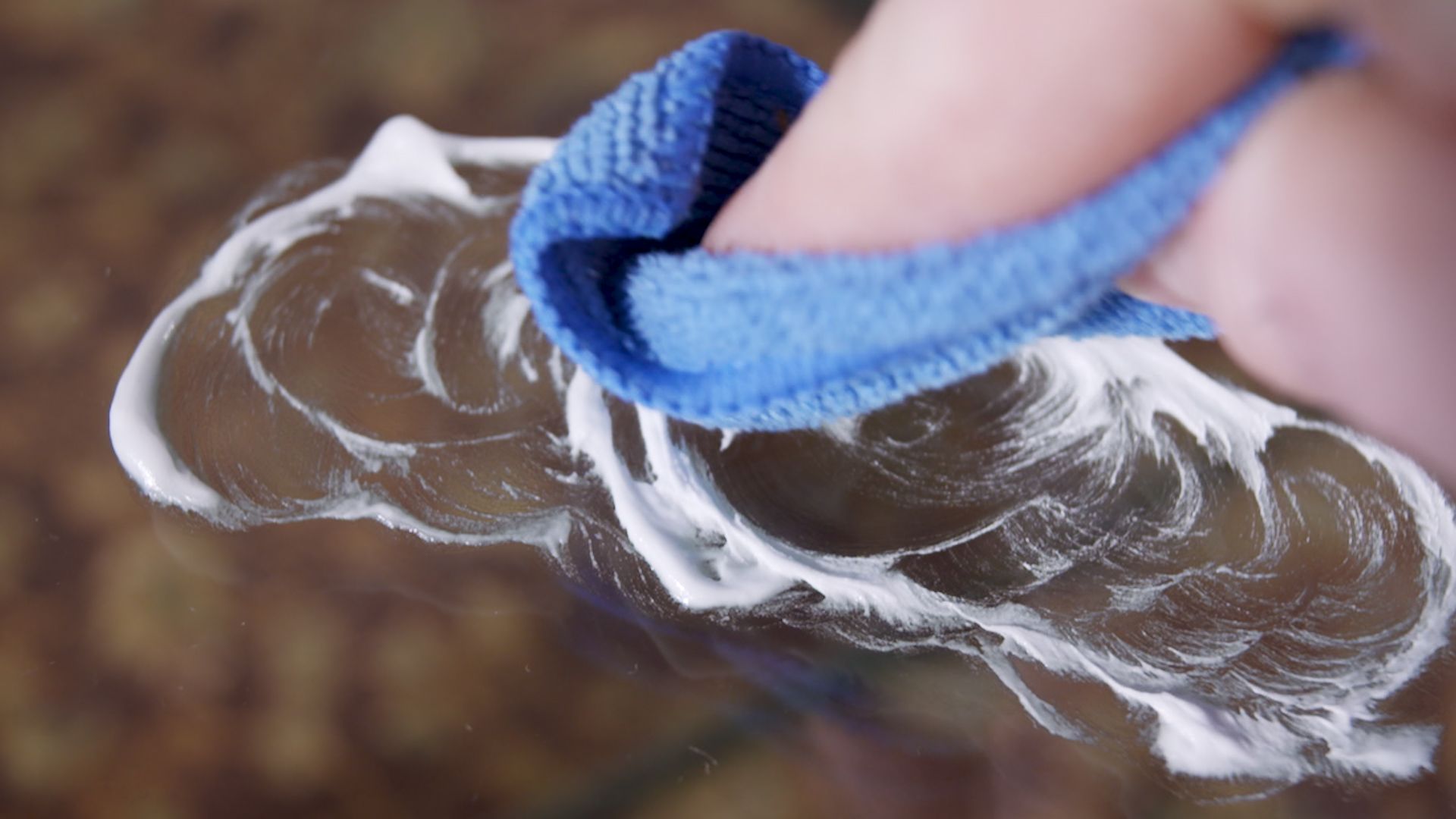

Interior Design Trends
How To Repair Scratched Glass
Published: February 4, 2024
Learn how to effectively repair scratched glass and keep up with the latest interior design trends. Our expert tips will help you maintain a flawless look for your home.
(Many of the links in this article redirect to a specific reviewed product. Your purchase of these products through affiliate links helps to generate commission for Storables.com, at no extra cost. Learn more)
Introduction
Glass is a versatile and elegant material that adds a touch of sophistication to any space. Whether it's a sleek glass tabletop, a stylish glass door, or a stunning glass window, the beauty of glass can be marred by unsightly scratches. These scratches not only detract from the aesthetic appeal of the glass but also compromise its functionality and clarity.
Fortunately, with the right knowledge and tools, it's possible to restore scratched glass to its former glory. In this comprehensive guide, we will delve into the art of repairing scratched glass, providing you with valuable insights and practical tips to tackle this common issue.
From understanding the different types of glass scratches to identifying the essential tools and materials needed for glass repair, we will cover every aspect of the glass repair process. Additionally, we will walk you through a step-by-step guide to repairing scratched glass, empowering you to take on this task with confidence and precision.
By the end of this guide, you will not only possess the knowledge to effectively repair scratched glass but also gain valuable insights into preventing future glass scratches. So, let's embark on this journey to restore the luster and clarity of your glass surfaces, ensuring that they continue to exude timeless elegance and charm.
Key Takeaways:
- Don’t let scratches dim the elegance of glass! Learn to repair and prevent scratches with the right tools and techniques, preserving the timeless allure of glass surfaces.
- From surface-level scratches to deep blemishes, understanding and addressing different types of glass scratches is key to restoring clarity and maintaining glass surfaces’ timeless charm.
Read more: How To Clean Scratches On Glass
Understanding the Types of Glass Scratches
Before embarking on the journey of repairing scratched glass, it's essential to understand the different types of glass scratches that can mar its pristine surface. By discerning the nature of the scratches, you can determine the most effective approach to restore the glass to its original splendor.
-
Surface-Level Scratches: These are superficial scratches that only affect the outermost layer of the glass. They are often caused by minor abrasions from everyday objects, such as keys or jewelry. Surface-level scratches are typically the easiest to repair and can often be buffed out with the right tools and techniques.
-
Deep Scratches: Unlike surface-level scratches, deep scratches penetrate deeper into the glass, compromising its structural integrity. These scratches are more challenging to repair and may require professional intervention, especially if they are extensive or affect the functionality of the glass.
-
Circular Scratches: Circular or swirl marks on glass surfaces are commonly caused by improper cleaning techniques, such as using abrasive materials or harsh chemicals. These scratches can create a hazy or cloudy appearance on the glass, diminishing its clarity and visual appeal.
-
Cracks and Chips: While not technically scratches, cracks and chips can significantly detract from the aesthetics and functionality of glass surfaces. These imperfections may necessitate more extensive repair or, in some cases, complete replacement of the glass.
Understanding the specific type of scratch affecting your glass is crucial in determining the appropriate course of action for repair. By identifying the nature and extent of the damage, you can select the most suitable tools and methods to effectively restore the glass to its original condition.
In the next section, we will explore the essential tools and materials required for repairing scratched glass, equipping you with the necessary resources to undertake this restoration process with confidence and precision.
Tools and Materials Needed for Glass Repair
When it comes to repairing scratched glass, having the right tools and materials at your disposal is essential for achieving successful outcomes. Whether you're dealing with minor surface-level scratches or more significant blemishes, the following items are indispensable for the glass repair process:
Tools:
-
Glass Cleaner: Before commencing the repair, it's crucial to ensure that the glass surface is clean and free of any debris or contaminants. A high-quality glass cleaner will help prepare the surface for repair, allowing for better visibility of the scratches.
-
Microfiber Cloth: A soft, lint-free microfiber cloth is ideal for cleaning and drying the glass surface without leaving behind any streaks or lint particles. This is essential for achieving a pristine finish after the repair.
-
Glass Polishing Compound: A specialized glass polishing compound is designed to effectively remove minor scratches and blemishes from glass surfaces. Look for a high-quality compound that is suitable for the type of glass you are repairing.
-
Polishing Pads: Soft, non-abrasive polishing pads are used in conjunction with the glass polishing compound to gently buff out scratches and restore the clarity of the glass. These pads should be compatible with the specific compound being used.
-
Glass Polishing Machine: For more extensive or stubborn scratches, a glass polishing machine can expedite the repair process. This tool allows for controlled and uniform buffing, ensuring consistent results across the entire glass surface.
-
Safety Gloves and Goggles: When working with glass repair compounds and polishing tools, it's important to prioritize safety. Wear protective gloves and goggles to shield your hands and eyes from potential splashes or debris during the repair process.
Materials:
-
Glass Repair Kit: Investing in a comprehensive glass repair kit can provide you with all the necessary compounds, pads, and tools required for addressing a range of glass scratches. These kits often include step-by-step instructions for seamless repair.
-
Rubbing Alcohol: Rubbing alcohol is useful for degreasing the glass surface and removing any residual contaminants before initiating the repair. It helps ensure optimal adhesion and effectiveness of the glass polishing compound.
-
Masking Tape: In cases where the glass repair area needs to be delineated or protected from adjacent surfaces, masking tape can be used to create boundaries and prevent accidental damage during the repair process.
By assembling these essential tools and materials, you can embark on the glass repair journey with confidence, knowing that you have everything you need to effectively restore the clarity and luster of your glass surfaces. In the subsequent section, we will delve into a step-by-step guide to repairing scratched glass, equipping you with the knowledge and techniques to tackle this task with precision and expertise.
Read more: How To Fill Scratches In Glass
Step-by-Step Guide to Repairing Scratched Glass
Repairing scratched glass requires a systematic approach and attention to detail to achieve optimal results. By following this step-by-step guide, you can effectively restore the clarity and smoothness of your glass surfaces, revitalizing their aesthetic appeal and functionality.
-
Prepare the Glass Surface: Begin by thoroughly cleaning the scratched area with a high-quality glass cleaner and a lint-free microfiber cloth. Ensure that the surface is free of dirt, grime, and any residual contaminants. For stubborn residues, use rubbing alcohol to degrease the area and promote optimal adhesion of the glass polishing compound.
-
Secure the Surrounding Area: If necessary, use masking tape to delineate the repair area and protect adjacent surfaces from accidental damage during the repair process. This step is particularly important for larger glass surfaces or when working near delicate fixtures or trim.
-
Apply the Glass Polishing Compound: Using a soft polishing pad, apply a small amount of the glass polishing compound to the scratched area. Work the compound in a circular motion, ensuring even coverage over the entire scratch. The compound's abrasive properties will gradually buff out the scratch, restoring the smoothness of the glass.
-
Buff the Surface: If the scratches are superficial, buff the treated area with a glass polishing machine or by hand, using gentle pressure and consistent circular motions. This process helps to further smooth out the surface and blend the repaired area with the surrounding glass.
-
Inspect and Repeat as Needed: After buffing, inspect the repaired area to assess the effectiveness of the treatment. If the scratches persist, repeat the application of the glass polishing compound and buffing process until the desired results are achieved. Patience and attention to detail are crucial at this stage.
-
Clean and Assess: Once the scratches have been effectively repaired, clean the entire glass surface with a glass cleaner and a fresh microfiber cloth. This final step removes any residual compound and ensures a pristine, streak-free finish. Take a moment to assess the repaired area from different angles to confirm the restoration of clarity and smoothness.
By following this comprehensive step-by-step guide, you can confidently address scratched glass surfaces, restoring their pristine appearance and functionality. With the right tools, materials, and techniques, you have the power to breathe new life into your glass surfaces, ensuring that they continue to exude timeless elegance and charm.
In the next section, we will explore valuable tips for preventing future glass scratches, empowering you to maintain the beauty and integrity of your glass surfaces for years to come.
Use a glass polishing kit with cerium oxide to buff out light scratches. Apply the cerium oxide to the scratched area and buff in a circular motion until the scratch is no longer visible.
Tips for Preventing Future Glass Scratches
Preventing future glass scratches is essential for preserving the pristine appearance and functionality of glass surfaces. By implementing proactive measures and adopting best practices, you can safeguard your glass against potential damage and maintain its timeless allure. Here are valuable tips to help you prevent future glass scratches:
-
Use Soft Cleaning Materials: When cleaning glass surfaces, opt for soft, non-abrasive materials such as microfiber cloths and gentle cleaning solutions. Avoid using rough sponges or abrasive cleaners that can scratch the glass and compromise its clarity.
-
Regular Maintenance: Establish a routine maintenance schedule for cleaning and inspecting glass surfaces. By addressing minor issues promptly and keeping the glass free of debris, you can prevent the accumulation of particles that may lead to scratches over time.
-
Avoid Contact with Hard Objects: Be mindful of objects that come into contact with glass surfaces. Avoid placing sharp or abrasive items directly on the glass, and use protective pads or coasters to prevent scratches from everyday items such as keys, jewelry, or decorative objects.
-
Proper Handling: When moving or handling glass items, exercise caution to prevent accidental scratches or impact damage. Lift glass tabletops and panels carefully, and use appropriate protective coverings during transportation to minimize the risk of scratches.
-
Regular Inspections: Periodically inspect glass surfaces for signs of wear, scratches, or damage. Early detection allows for timely intervention, preventing minor scratches from developing into more significant blemishes that require extensive repair.
-
Trim Surrounding Surfaces: In areas where glass surfaces come into contact with other materials, such as metal frames or wooden edges, consider adding protective trim or buffers to minimize the risk of friction-induced scratches.
-
Educate Household Members: If you have glass elements in your home, educate family members and visitors about the importance of handling glass surfaces with care. By raising awareness about the susceptibility of glass to scratches, you can promote a culture of mindful interaction with glass items.
-
Invest in Protective Films: For high-traffic or vulnerable glass surfaces, consider applying protective films designed to resist scratches and abrasions. These films provide an additional layer of defense against potential damage, extending the longevity of the glass.
By incorporating these preventive measures into your glass maintenance routine, you can mitigate the risk of future scratches and preserve the pristine condition of your glass surfaces. With proactive care and attention, you can ensure that your glass continues to exude elegance and clarity, enhancing the aesthetic appeal of your living or working spaces for years to come.
Conclusion
In conclusion, the art of repairing scratched glass is a valuable skill that empowers individuals to restore the luster and clarity of glass surfaces, ensuring their continued elegance and functionality. By understanding the different types of glass scratches and equipping oneself with the essential tools, materials, and techniques, it becomes possible to address scratches with precision and expertise.
The step-by-step guide provided in this comprehensive resource offers a systematic approach to repairing scratched glass, emphasizing the importance of thorough preparation, meticulous application of glass polishing compounds, and attentive buffing to achieve optimal results. By following these guidelines, individuals can embark on the glass repair journey with confidence, knowing that they have the knowledge and resources to revitalize their glass surfaces.
Furthermore, the proactive tips for preventing future glass scratches underscore the significance of regular maintenance, mindful handling, and protective measures to safeguard glass surfaces from potential damage. By incorporating these preventive strategies into their glass maintenance routines, individuals can prolong the pristine condition of their glass, preserving its timeless allure for years to come.
Ultimately, the ability to repair and prevent glass scratches is a testament to the enduring appeal and versatility of glass as a material. Whether adorning residential spaces, commercial establishments, or architectural marvels, glass surfaces exude sophistication and refinement. By mastering the art of glass repair and maintenance, individuals can uphold the integrity and visual appeal of glass, ensuring that it continues to elevate the aesthetics of diverse environments.
As we conclude this guide, it is our hope that readers feel empowered and inspired to embark on their glass repair endeavors, armed with the knowledge and insights shared within these pages. By embracing the art of glass repair and maintenance, individuals can preserve the timeless elegance of glass, allowing its inherent beauty to shine through, unmarred by unsightly scratches or blemishes.
Frequently Asked Questions about How To Repair Scratched Glass
Was this page helpful?
At Storables.com, we guarantee accurate and reliable information. Our content, validated by Expert Board Contributors, is crafted following stringent Editorial Policies. We're committed to providing you with well-researched, expert-backed insights for all your informational needs.
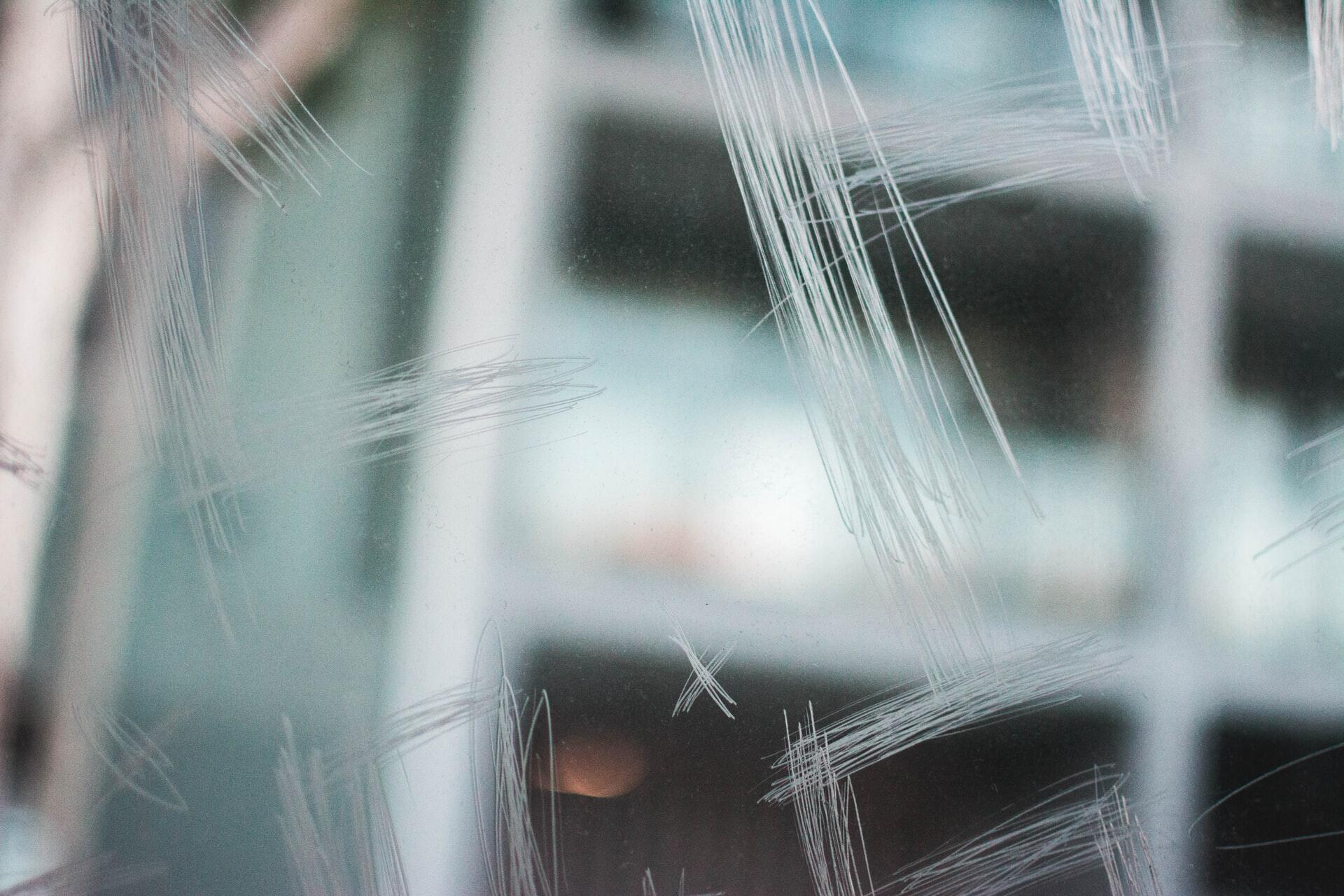
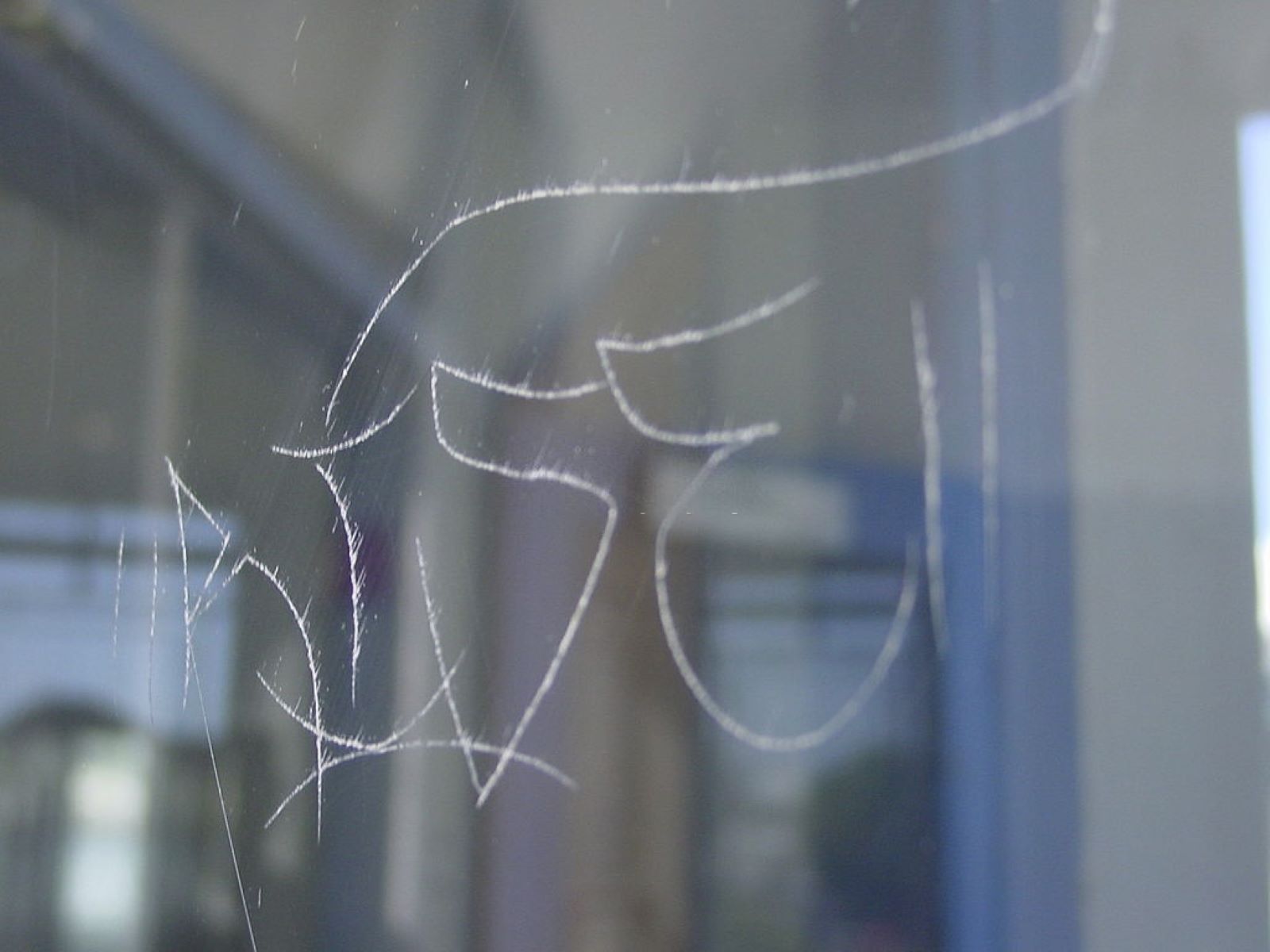
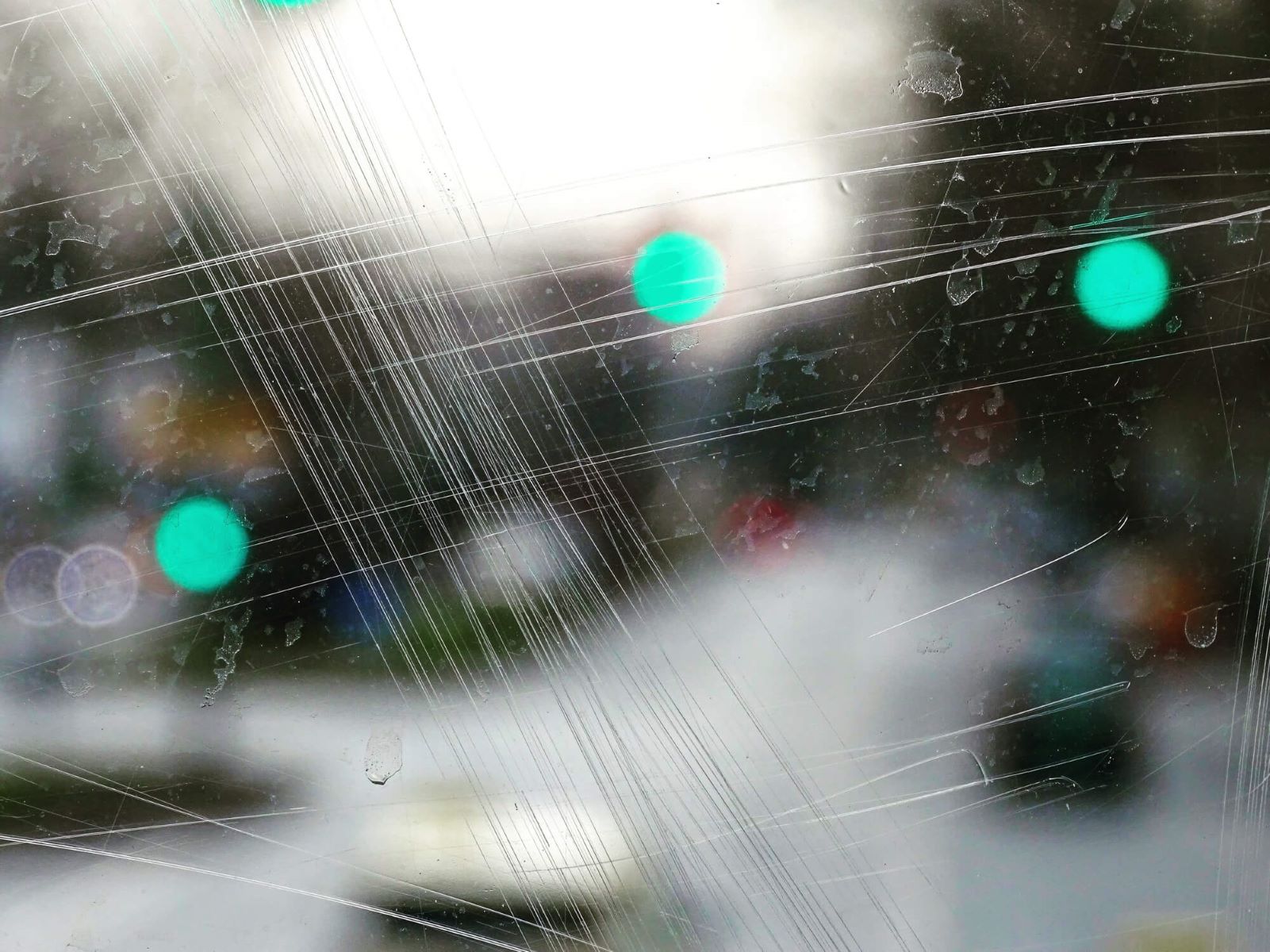
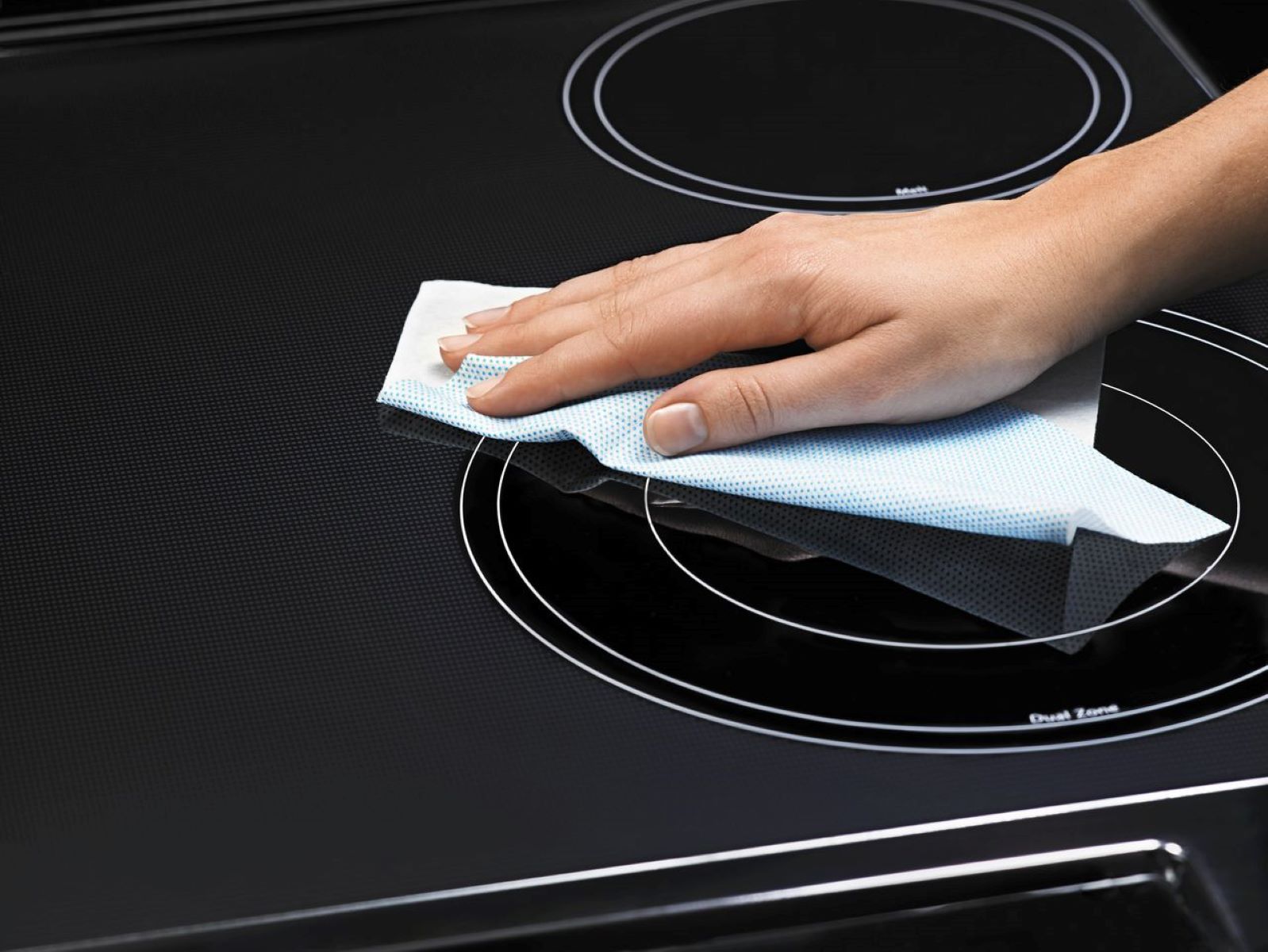
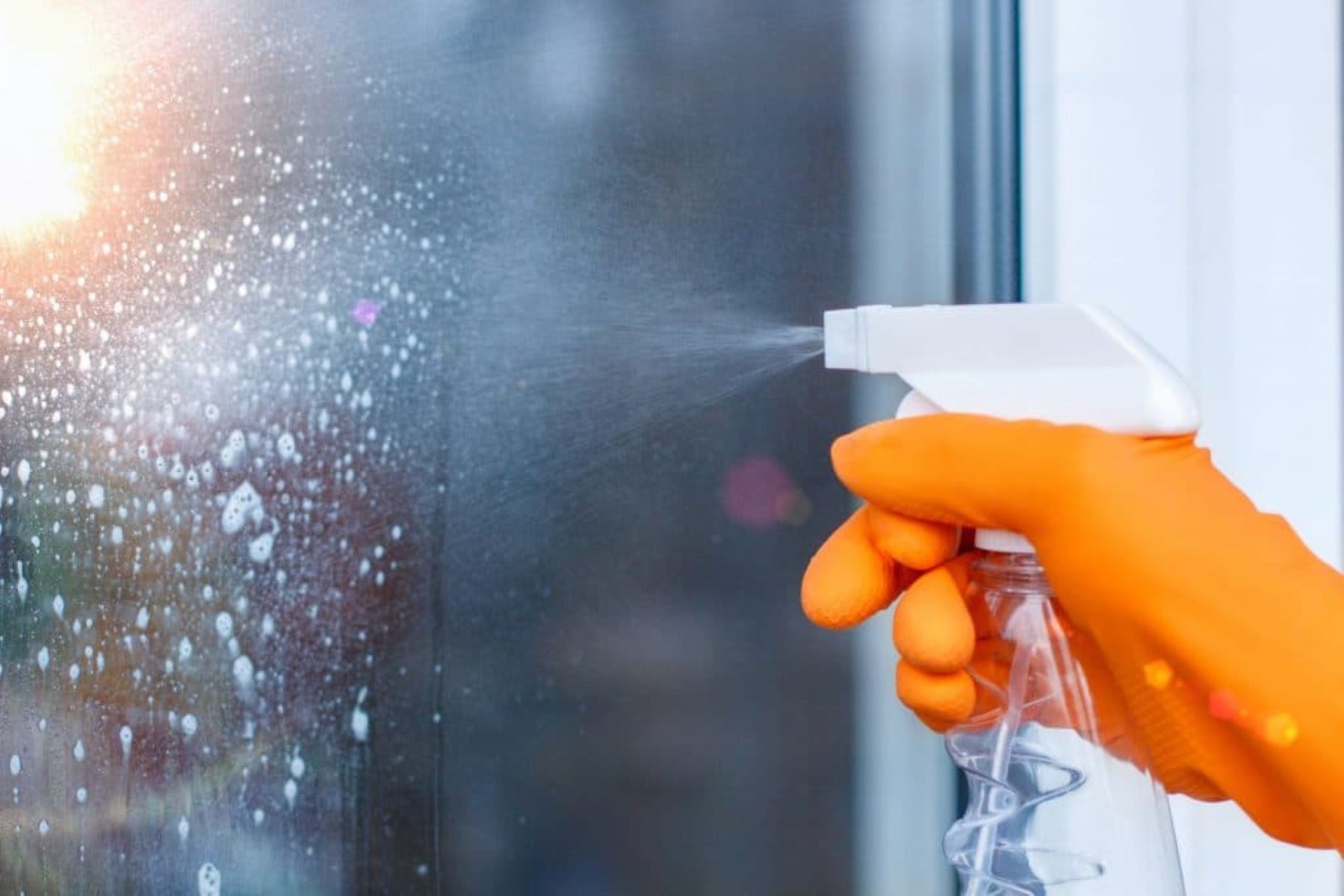
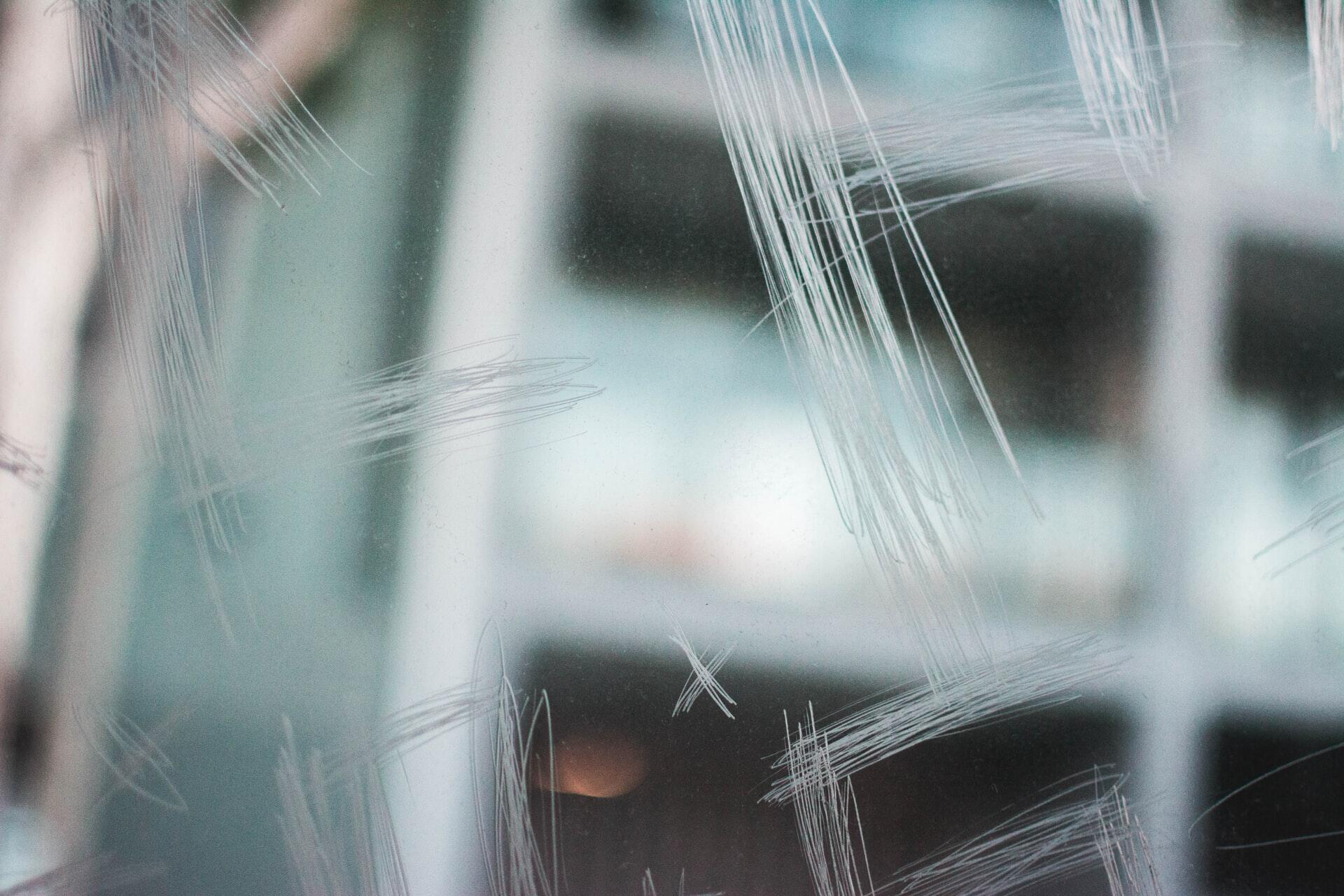
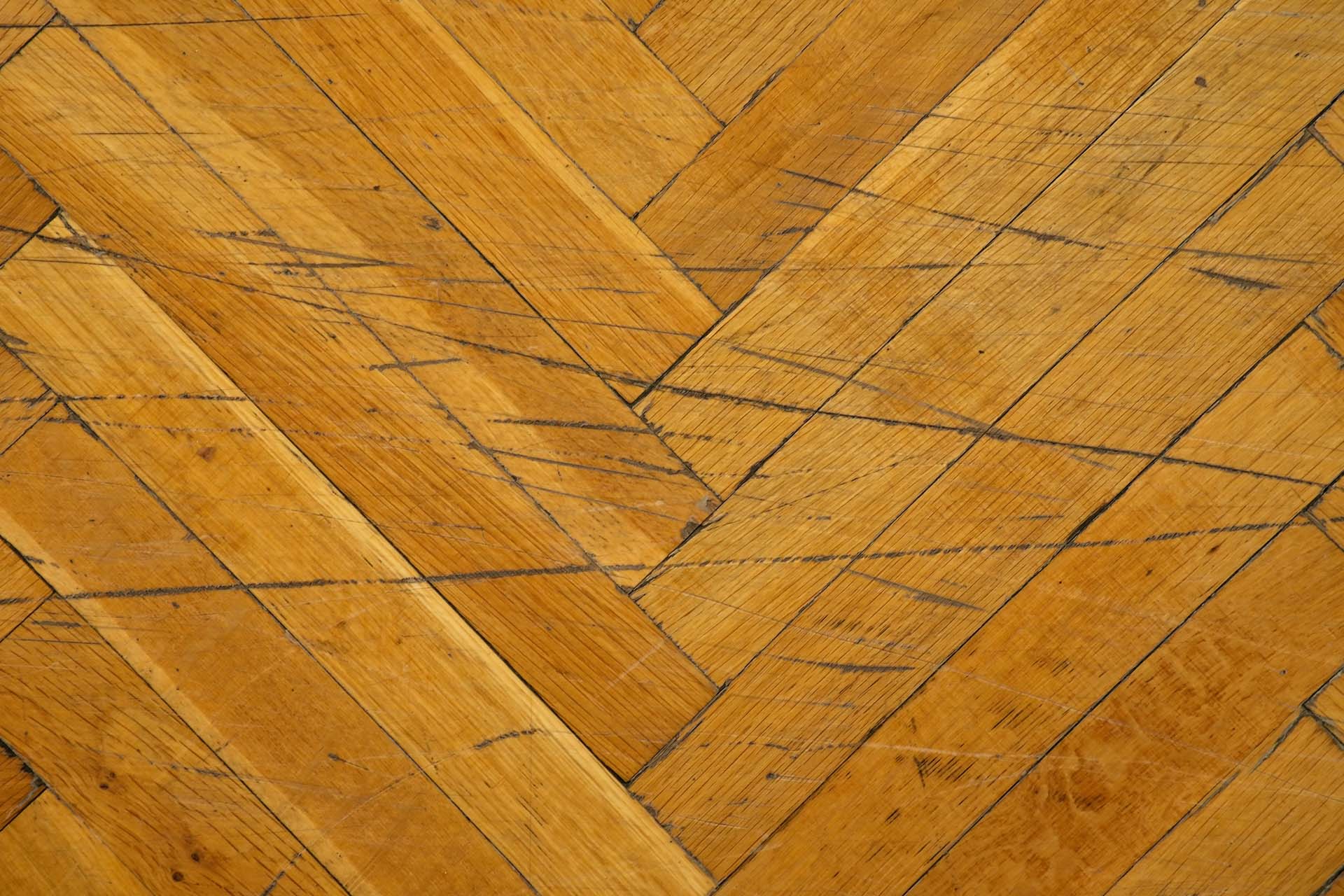
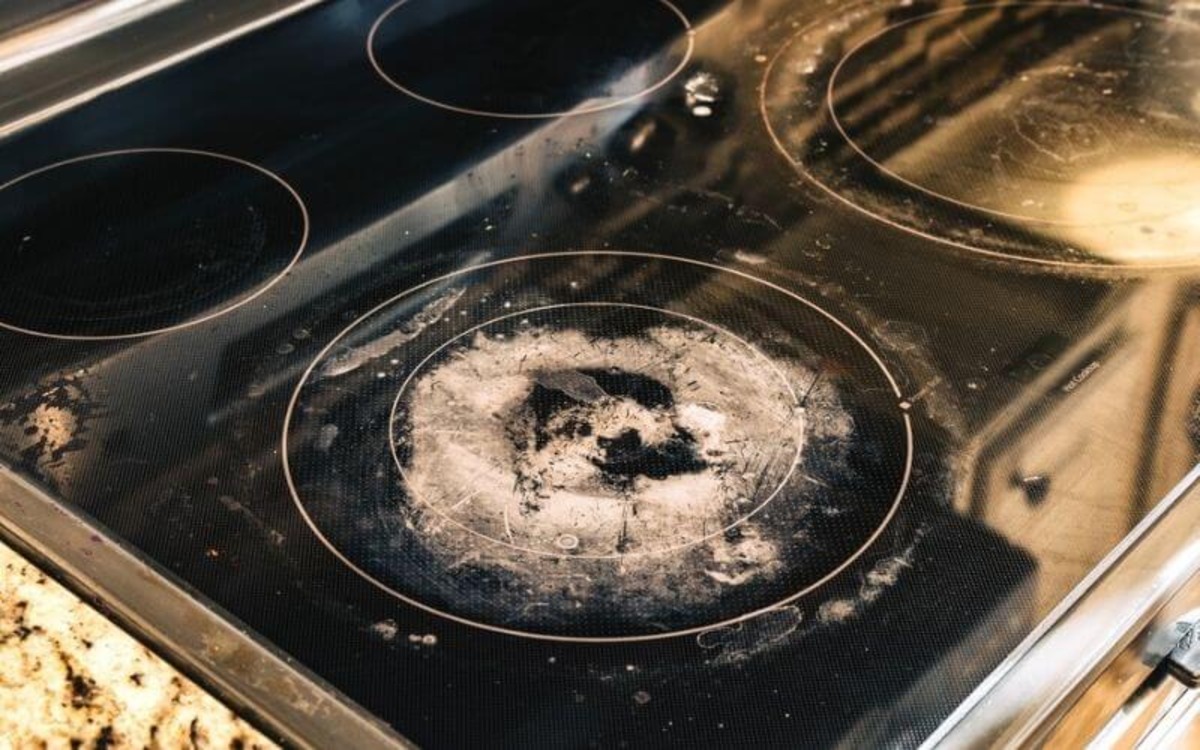
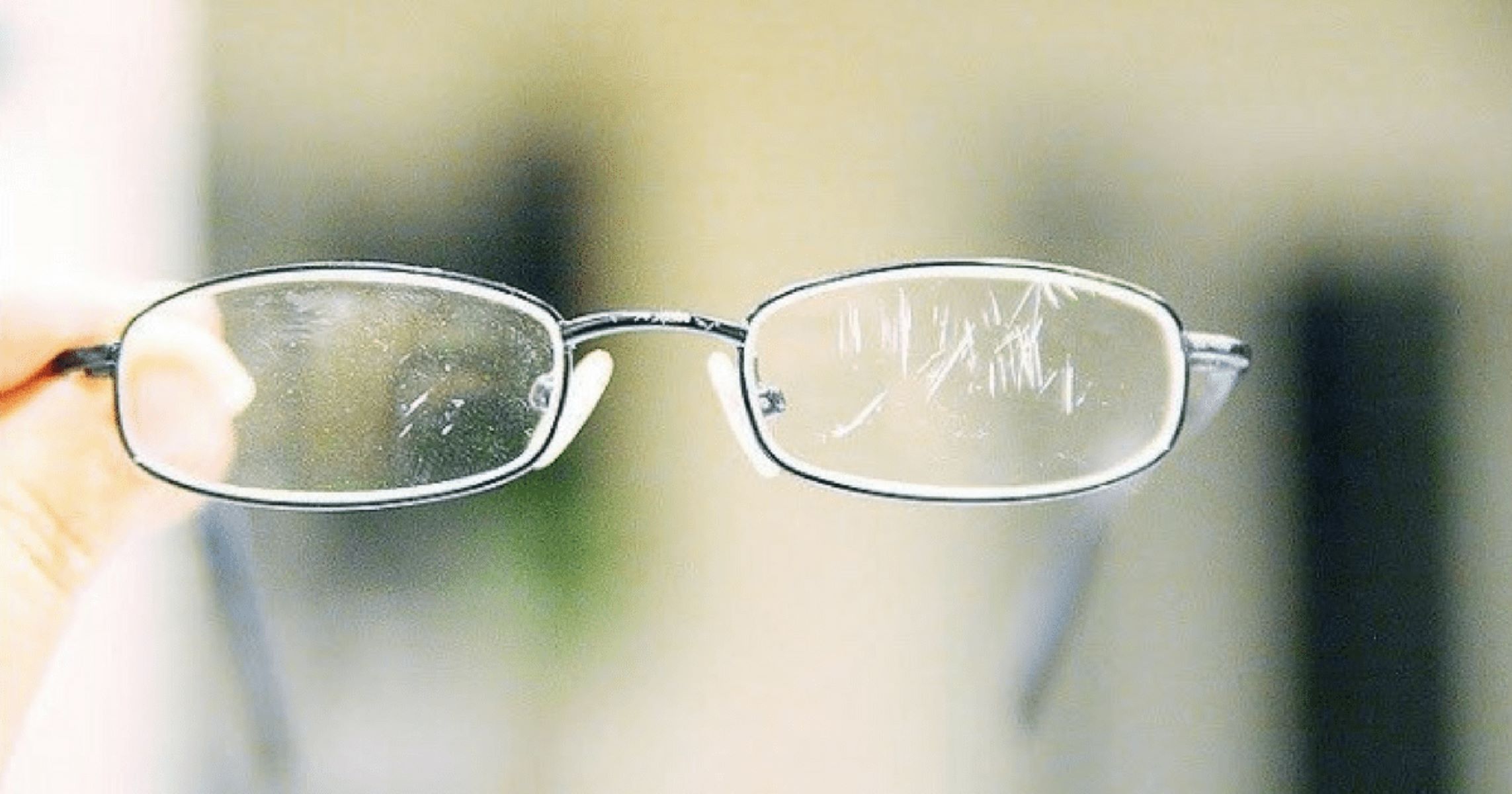
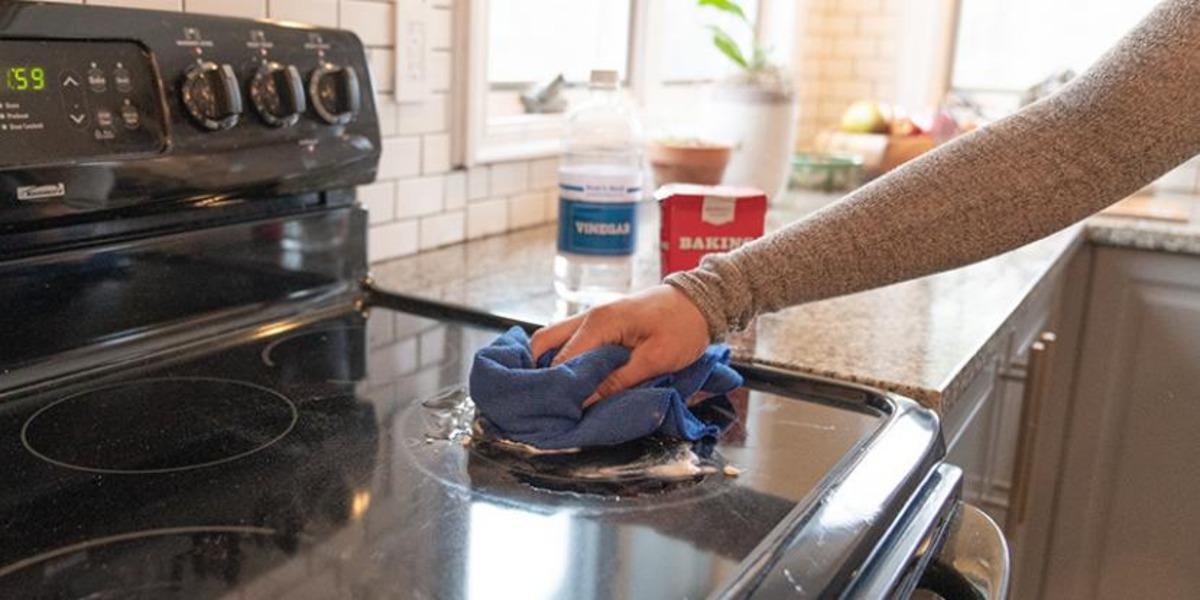
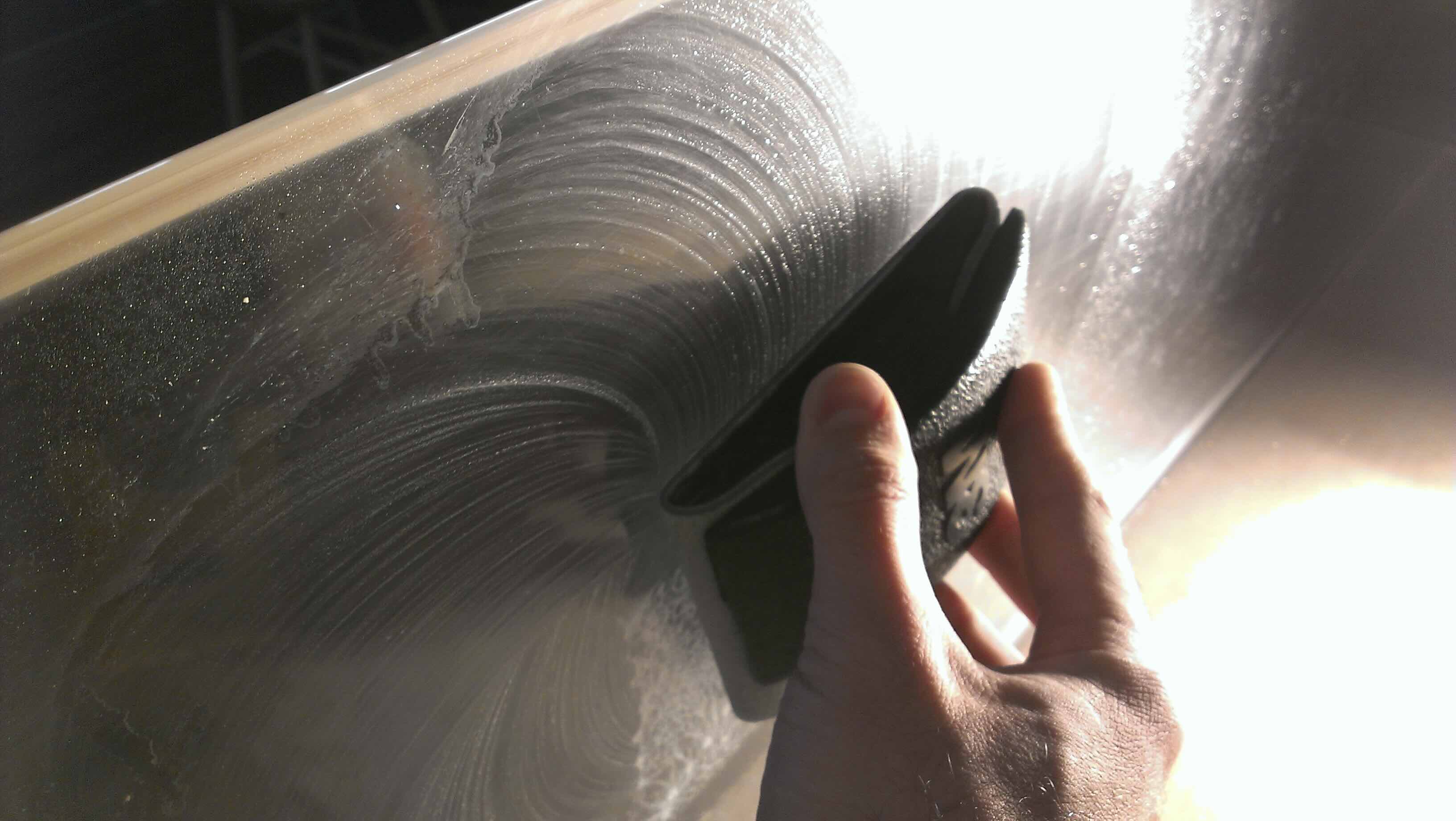


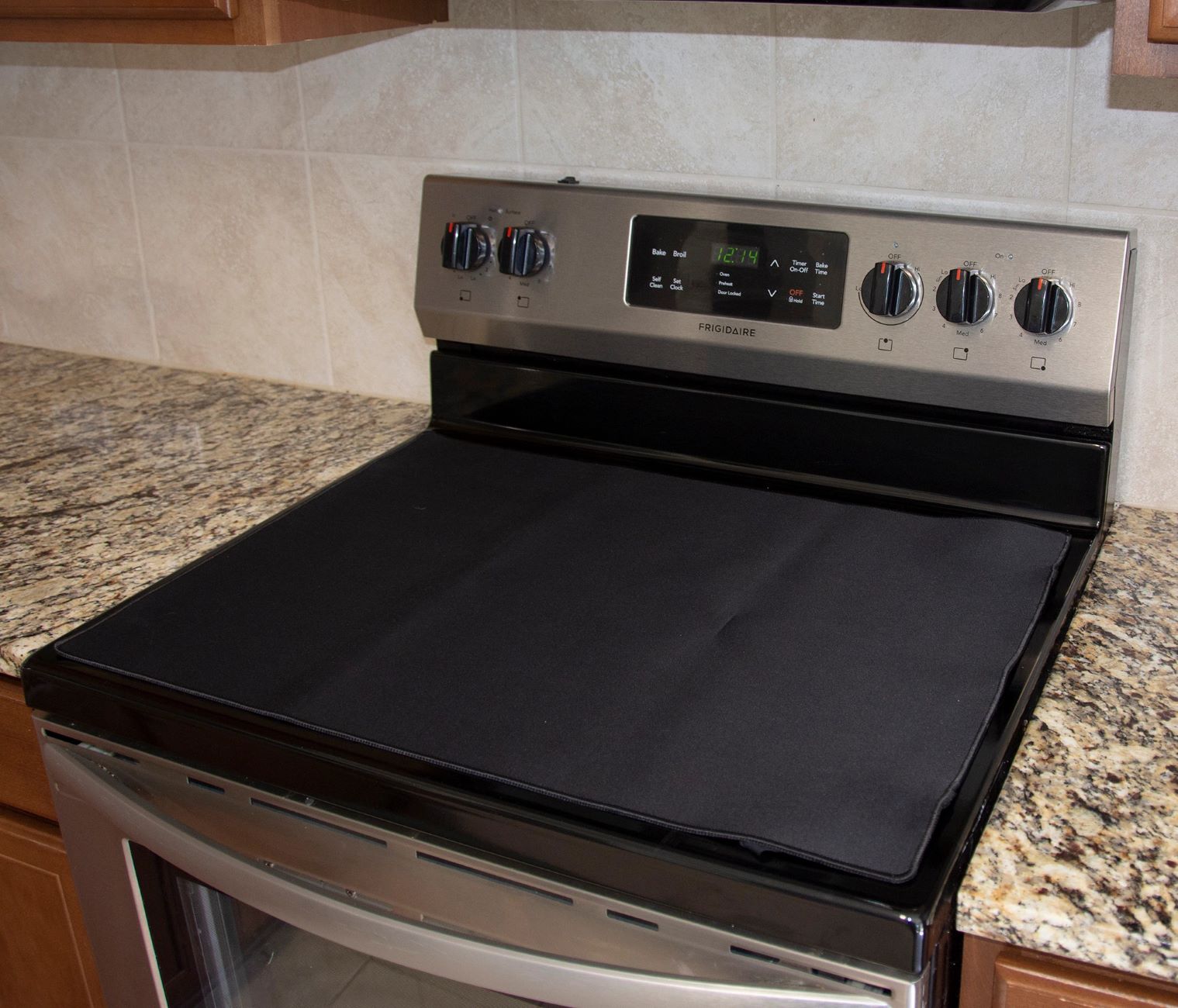

0 thoughts on “How To Repair Scratched Glass”